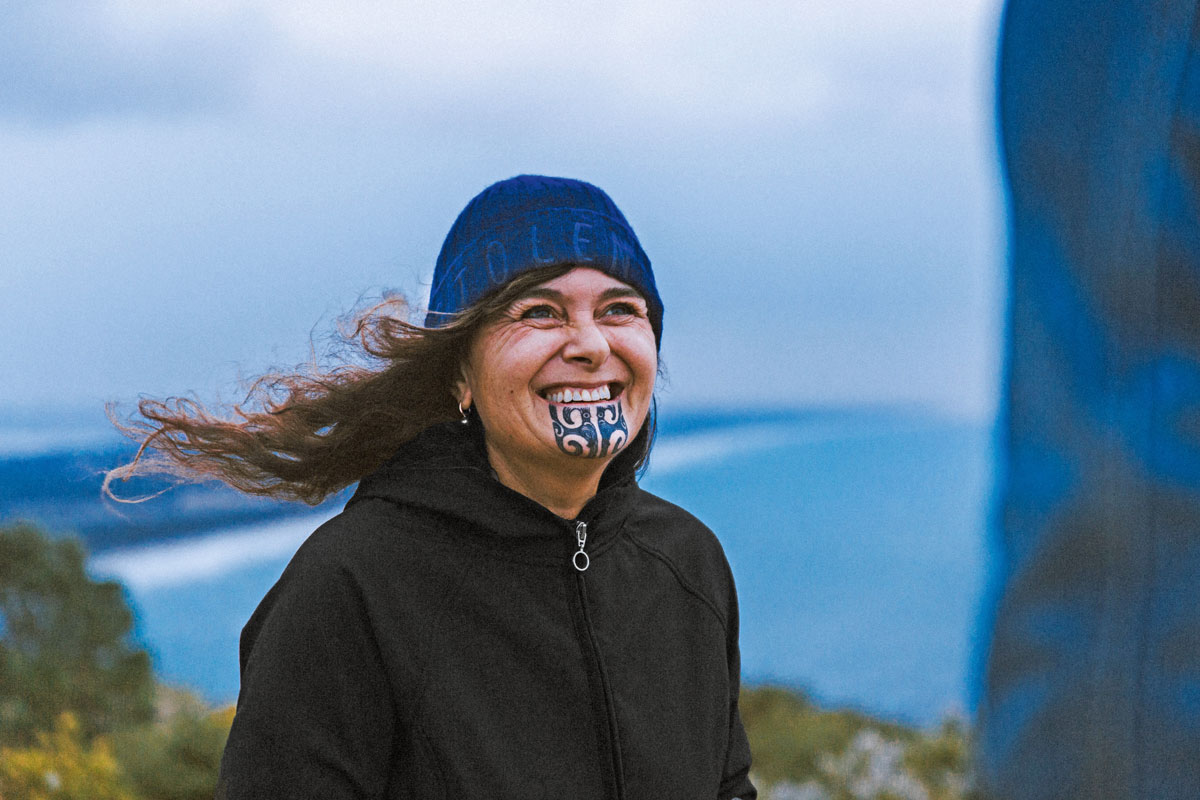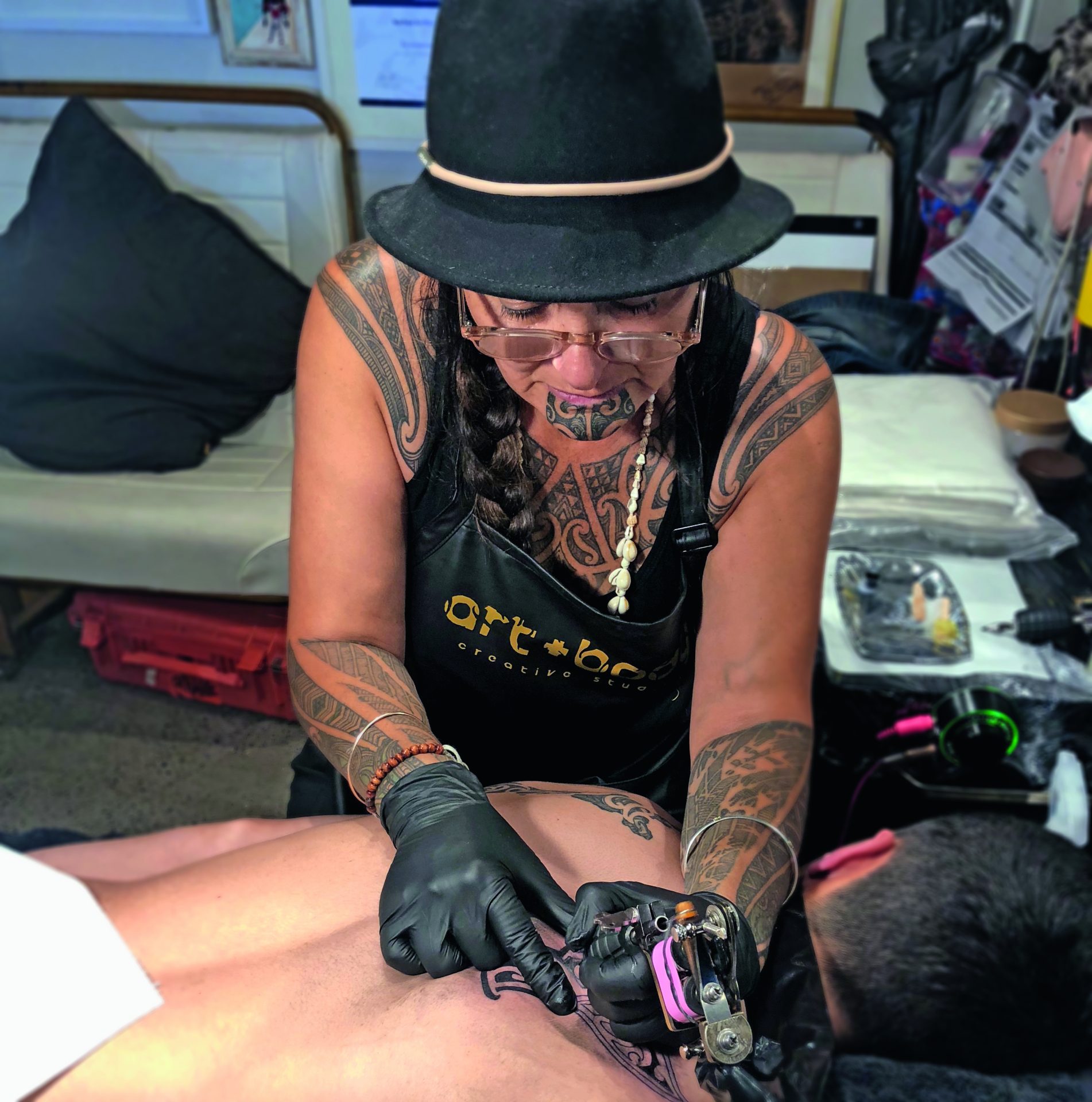Tā Moko Patterns for its People

Beyond Skin Deep
Pioneered well before the dawn of modern-day movements, the tradition of Tā Moko, Māori tattooing, which means ‘to mark’ – typically on the face – is renowned for its spiritual and functional significance amongst New Zealand’s indigenous peoples. Fast forward three centuries, and today this age-old practise continues to surge with cultural reverence – shunning mainstream status and popular culture – inking out what truly matters.
Rightful place
“The Tā Moko art form has implanted itself back into our culture – with a particularly strong resurgence across the last three decades. It’s grounded itself amongst our people, which means further generations now have the opportunity to apprentice and train in Māori arts,” explains Julie Paama-Pengelly of Bay of Plenty’s Art + Body tattoo studio.
As a female Tā Moko specialist – dedicating her life to the art form – Julie’s modern-day concerns for Tā Moko are not centred on lack of awareness, rather lack of understanding and appreciation of its sacredness.
“Aside from the face – which is preserved for Māori alone – Moko artists are usually very prepared to share their marks on those non-Māori who want to understand the Māori world and seek authentic tattooing,” she says. “The biggest challenge is maintaining the integrity of Tā Moko – we are up against many non-Māori claiming the rights to wear Tā Moko and non-Māori artists claiming the rights to apply Tā Moko. “What isn’t negotiable is that Māori artists have to apply Tā Moko, as its design knowledge and learnings are centred on the traditions and relationships of the Māori world. And, for those non-Māori considering a tattoo with traditional Māori symbolism, they need to commit to building stronger relationships with external worlds before undergoing markings.”

Lose the normal
Normalisation of Tā Moko has allowed Māori to step into the light, says Julie, however ‘normal’ shouldn’t be viewed as a key driver to wear a tattoo.
“As artists and communities alike, we need to appreciate the real truths behind tattoo culture. We must understand that markings on your skin actually have the ability to heal inter-generational trauma,” says Julie.
“A Māori tattoo without the hands of the Kaitā in its creation harnesses bad energy – it has no place alongside our ancestors – it’s a meaningless scribble. The symbols must interpret a personal story.”
Come together
Ensuring the sacred preservation of Tā Moko is a role that should be upheld by both artists and wearer.
“Tā Moko belongs to the Māori artist community and their whakapapa.
When non-Māori apply this, they are ignoring that Māori fought for their culture – they are robbing from us and undermining our own development as a people,” she explains.
For those of Māori lineage considering a Tā Moko tattoo, reaching out to their ancestors, exploring their whakapapa, their tribal carvings, starting conversations within their communities are the first – and most essential – steps.
“Armed with this knowledge, they can then approach a Tā Moko artist whose role it is to interpret, listen and personalise the markings. Artists hold the design knowledge and are the connectors to the Māori visual language,” says Julie. “Tā Moko is not about ego, money, easy removal – it goes beyond surface level.”